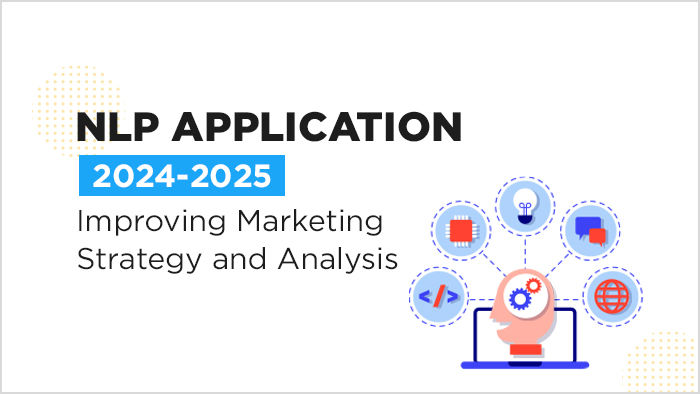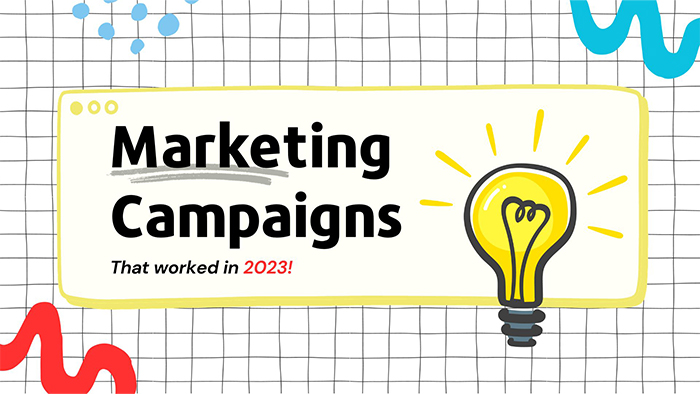Integrated Marketing Communications is a strategic, collaborative, and promotional marketing function in which a specific audience receives a consistent and persuasive brand message through numerous marketing channels in an integrated approach to move buyers through the decision-making process. Integrated marketing communications, at its most basic level, ensure that marketers are utilizing all available channels to amplify a marketing campaign and brand messaging in order to reach their target demographic or buyer persona. Consider using these four stages to establish and implement a cohesive and integrated marketing plan:
1- Identify Different Marketing Communication Methods
It’s important to figure out which marketing communication methods you’ll use as a part of your integrated marketing strategy. Study your target audience’s preferences for receiving information, gathering data, and conducting research on the problem they’re attempting to address. After that, decide what channels are most appropriate for your campaign. Some examples include:
Content Marketing: A term that refers to the process of making your content available online through blog posts, video marketing, premium content (hidden behind a landing page to collect information), pop-ups and dynamic website content to enable potential buyers to connect with you and learn more about you before they begin the decision-making process.
Email marketing: Use email marketing to re-engage your existing audience with unique and useful content. It’s not always about getting the new leads; in fact, giving the correct information to your existing subscribers at the right moment is frequently the most effective marketing strategy.
Social Media Marketing: Using social media to build relationships, raise brand awareness, and drive visitors to your website is a great way to start. Digital marketing strategies leveraging social media, when paired with email marketing and content marketing, can produce outstanding results by interacting with your target audience on a platform where they already spend time on a regular basis
2- Develop a Marketing Communication Plan
It’s time to establish a complete plan to implement your marketing initiatives after you’ve determined which marketing channels will resonate with your target audience. To do so, you must concentrate on three main points:
Audience: For each of your marketing tactics, create a buyer persona. Consider email marketing and Facebook if one of your personas is the baby boomer generation. Consider texting and Instagram if your second persona is millennials. Not the other way around, your persona will determine which channels you utilize to communicate with them.
Content: Define the content that will most effectively speak to your target audience. If you’re aiming to build a database of new contacts, for example, a top-of-the-funnel offer like subscribing to a newsletter or downloading a checklist would be appropriate.
Pro Tip: You can also use this as a pop-up form that appears when visitors leave your website. This content offer provides you with one last opportunity to communicate with them. You’d be shocked at how effective these are. Consider sending them case studies, video testimonials, and other forms of re-engagement in your database to convert existing leads into opportunities. This will help them make more informed decisions. This will aid them in their decision-making process.
Cadence: It’s essential to know how frequently consumers prefer to get information. This information is available from a number of marketing tools. We can observe how often individuals read emails, participate on the website, and even use social media in HubSpot, for example. We may utilize this information to ensure that we are sending content frequently, but not so frequently that the prospect becomes overwhelmed. If the general sales cycle for a given product or service you sell is approximately 90 days, you’ll want your email cadence to match that timeframe. Use the facts at your disposal to make the best option possible based on your target demographic and how frequently they interact with your business.
3- Understand the Customer Decision-Making Process
Discover what motivates people to purchase a product or service, and why they would choose to buy from you. The most important thing is to comprehend the problem you’re solving for them and how you might assist them in their decision-making process. You’ll observe that some clients engage in a lengthy decision making process, while others engage in restricted, nominal, or impulsive decision-making. It all relies on your company and the product you sell. Your timescale will be shorter if it’s a consumer time with a mitest price point. Due to the large number of people involved in marketing B2B software, it will most certainly take longer. Most customer decisions follow a basic pattern while engaged in a particular situation resulting in a sale called the Decision-Making Process. The following is an example that outlines the process.
- They recognize a problem.
- They search for information.
- They identify products and services that can solve the problem.
- They choose which alternative they will buy.
- They assess the after-the-sale experience.
Companies that grasp the complexities of consumer behavior and decision-making can improve the effectiveness of their marketing communications by adapting their message to their target audience’s decision-making process.
4- Implement Your Marketing Communication Plan
Now it’s time to put your strategy into action and see what happens. Here are some suggestions to get you started.
Calendar: A calendar can help you keep track of when and where your content is shared with your audience. This will assist you in organizing your campaign assets and communicating with your prospects at the appropriate time and place in their decision-making process.
Automation Software: To achieve this at scale, you’ll need marketing automation software that integrates with your CRM and allows you to track the whole sales cycle. You may successfully reach your audience and provide an integrated, smooth, and consistent message to them on numerous channels by leveraging tools to assist you implement your programme.
Analyze: Continue to monitor the demands of your prospects, concentrating on the capabilities of your product or service that address their problem and inspire audience interest, to assist make your marketing communication strategy thorough and results-driven. This can be done by tracking campaign engagement, email open and click rates, social interactions, requests for sales calls and finally finalized deals. To get you started, here’s a useful blog post about inbound marketing analytics.
Stay on Top of Trends: Always be on the lookout for innovative ways to differentiate your marketing communication approach from that of your competitors, so that your communications efforts contribute to the value of your brand. In the marketing industry, new tools and approaches are constantly launched. Make sure you understand what might bring value to your integrated marketing communications plan so you can try out new tools and strategies that might appeal to your target market.
As you can see, integrated marketing communications is a difficult concept to grasp. To guarantee that your campaigns are genuinely successful and generate income, you must consider the channels you will use, as well as the target demographic, content, cadence, technology and tracking. Do you want to create and implement a comprehensive marketing communications strategy for your company? If that’s the case, go here to set up personalized inbound marketing consultation. We’ll talk about your personalities, campaign goals and tips to make sure your next integrated campaign is a success.












